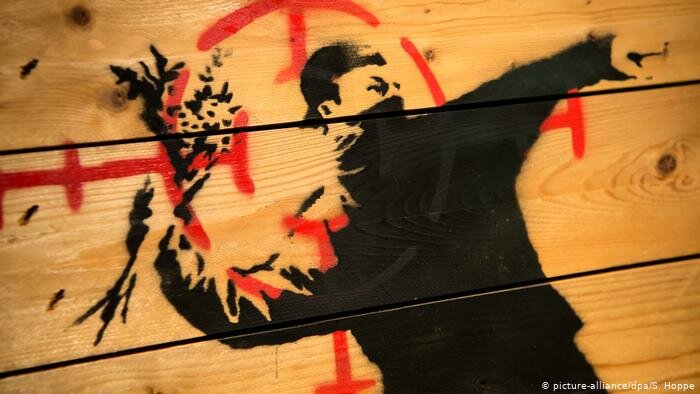In view of the next Winter Olympics, which will feature the mountain territories of Lombardy and Veneto as the protagonists of the world sports scene, an important regulatory instrument will protect registered trademarks and companies from parasitic and misleading advertising, carried out not only during the Olympics, but also during all sporting events or trade fairs of national or international importance that will take place on Italian territory.
The new discipline that counteracts unauthorized advertising, is contained in the decree-law on 'Urgent provisions for the organization and holding of the Winter Olympic and Paralympic Games Milan-Cortina 2026 and the ATP Finals Turin 2021 - 2025, as well as on the prohibition of parasitic advertising', published in the Official Gazette n.66 of March 13, 2020, converted into Law no.31 of May 8, 2020 and published in the Official Gazette no.121 of May 12, 2020, and represents the first organic intervention of the Italian legislator in this matter, having been preceded only by contingent measures for individual sports events.
Unauthorized advertising associated with events of national or international resonance is defined in practice as 'ambush marketing' and identifies the unauthorized conduct of those who associate their brand with an international event, for the sole purpose of exploiting its media resonance and without bearing the costs of sponsorship.
Ambush marketing gives rise not only to a deception for the public - which will associate the brand illegally connected to the event with the event itself - but also to a parasitic link with the actual sponsors of the event and may constitute a violation of the rules protecting unfair competition (art. 2598 Civil Code) and fair advertising communication (Legislative Decree no. 145 of August 2, 2007 and the Advertising Self-Discipline Code).
In particular, the regulation prohibits the following activities:
- the creation of an indirect link between a trademark or other distinctive sign and one of the events, suitable to mislead the public about the identity of the official sponsors;
- falsely stating in one's advertising that one is an official sponsor of one of the events; or
- the promotion of one's own brand or other distinctive sign, through any action, not authorized by the organizer, that is suitable to attract the attention of the public, carried out on the occasion of one of the events, and suitable to generate in the public the erroneous impression that the author of the conduct is the sponsor of the sporting event or exhibition itself
- the sale and advertising of products or services that are improperly marked, even only in part, with the logo of a sports or exhibition event, or with other distinctive signs likely to mislead the public about the logo and to create the erroneous perception of any connection with the event or its organizer.
Depending on the way it is carried out, ambush marketing is usually classified into: "insurgent ambush", which is the organization of surprise initiatives close to the event; "predatory ambush", which uses distinctive signs in connection with or indirectly recalling the event “saturation ambush", which occupies all the published space left over from that used by official sponsors.
From a temporal point of view, the bans operate from the 90th day prior to the official start date of the sports or exhibition event, until the 90th day after its conclusion, while, from an operational point of view, sponsorship contracts for athletes, teams and participants in events are excluded from the rule.
The authority in charge of ascertaining and repressing ambush marketing conduct is the Antitrust Authority (AGCM), which can apply administrative fines ranging from 100 thousand euros to 2.5 million euros, depending on the case.
Recently, it was precisely the AGCM that dealt with a case of ambush marketing relating to the 2020 UEFA Cup, going so far as to fine the e-commerce Zalando com 100,000 euros against Zalando SE ("Zalando"), for violation of Article 10, paragraphs 1 and 2, letter a), of Decree Law No. 16 of March 11, 2020.
The censured agreement consisted of the display, in the same square in Rome where the official Euro 2020 area was set up, of a poster asking "Who will be the winner?" accompanied by the distinctive signs of Zalando affixed to a soccer shirt flanked by the flags of the Euro 2020 national teams.
This advertising was deemed illicit by the AGCM because Zalando's poster was likely to make consumers believe that Zalando was an accredited partner of the event as it created an undue connection between Zalando itself and the event of which it was not an official sponsor.
The Agcm's decision was careful to value all the circumstances of the case and, therefore, in view of the upcoming winter games, it is of primary importance that companies carefully evaluate their marketing campaigns before accidentally incurring in profiles of violation of advertising regulations.







